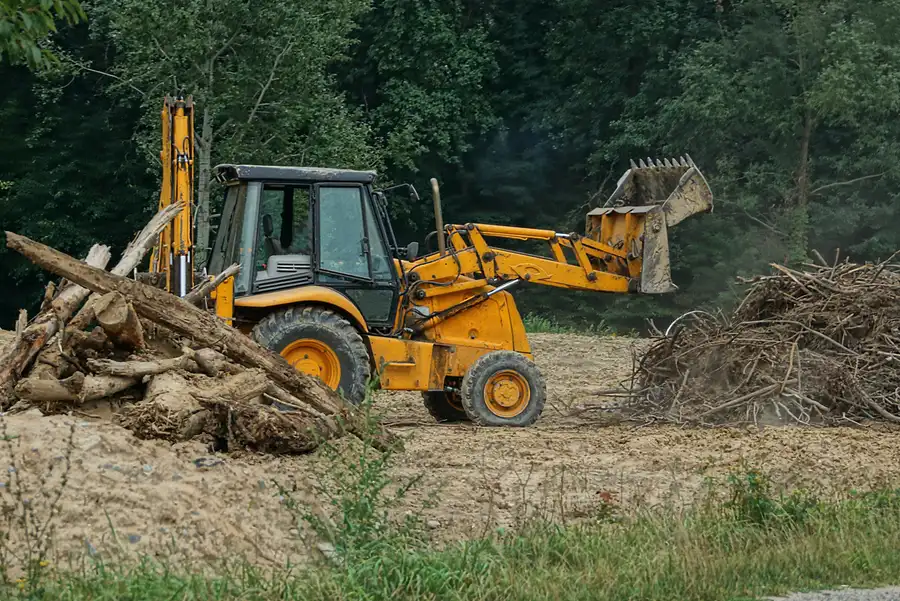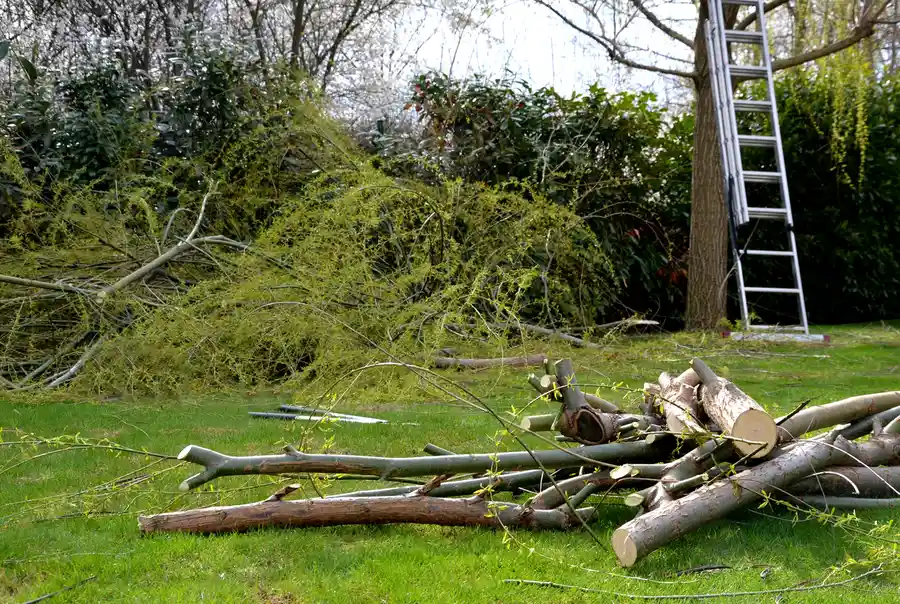The Impact of Effective Site Preparation on Water Management
Managing water flow is vital for any property owner. A key factor often overlooked in this process is how the land itself is prepared and maintained. When done right, proper clearing of vegetation and debris can significantly improve drainage. This article explores how preparing your land correctly can prevent waterlogging issues and enhance overall land usability. We will discuss the benefits, challenges, and best practices to ensure effective water management.

Importance of Soil Stability
Ensuring soil stability is crucial for drainage systems to work effectively. Unstable soil can lead to erosion, which exacerbates drainage problems. By removing unwanted vegetation through proper land clearing, you help maintain stable soil conditions. This supports natural water runoff, reducing the risk of standing water or flooding during heavy rainfalls.
Improving Water Flow Through Vegetation Control
Controlling vegetation plays a significant role in improving water flow. When left unchecked, overgrown plants can obstruct drainage pathways, causing water to accumulate. Proper clearing involves strategically removing these obstructions. It ensures that waterways remain clear, allowing for better movement of water across the property.

Benefits of Removing Debris
Debris such as fallen branches and dead leaves can clog drains and ditches. Regular removal of such debris not only enhances aesthetics but also ensures that drainage systems function at their best. Additionally, a clean and well-maintained site prevents pests from breeding, contributing to healthier surroundings. Therefore, incorporating regular clearing into your maintenance routine is essential.
Challenges in Managing Large Areas
Handling large areas presents unique challenges. The sheer scale can make it difficult to identify all potential drainage issues at once. Prioritizing certain areas based on their impact on overall drainage can be helpful. Using specialized equipment for efficient clearing is recommended to address these challenges effectively while maintaining environmental care.
Effective Use of Mulch and Compost
Mulching and composting are beneficial practices after land preparation. These materials help enrich the soil and stabilize it further. They act as barriers against erosion and aid in retaining moisture without causing excess water buildup. Their use should be strategic-applying them in areas prone to quick drying can balance moisture levels effectively.
Best Practices for Sustainable Maintenance
Sustainable practices ensure long-term effectiveness of drainage solutions. Key strategies include:
- Conducting regular inspections to identify new blockages or growths
- Incorporating native plants that require less management yet support local biodiversity
- Using eco-friendly products for weed control and pest management
Financial Considerations and ROI
Proper land preparation might seem costly initially, but it’s an investment with high returns. Reduced risk of flood damage leads to fewer repair costs and increases property value. Moreover, efficient water management extends the lifespan of landscaping features, making the upfront cost worthwhile in the long run.
Your Pathway to Effective Site Management
Implementing the right strategies can transform your property’s drainage system dramatically. Partnering with experts ensures you’re using the most effective techniques tailored to your site’s needs. Contact us at (918) 212-3869 for professional guidance. Located in Maple Ridge, Tulsa, OK 74114, we at A&R Lawn Care and Tree Service are dedicated to enhancing your property’s functionality through expert services.